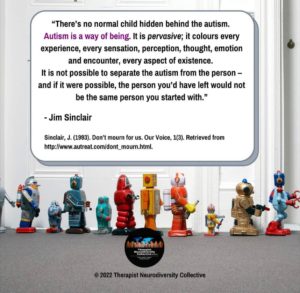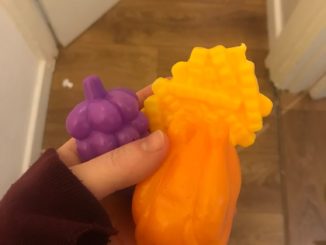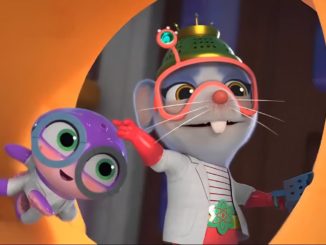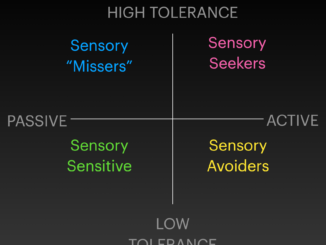This is what it means to say that autism is a neurodivergence (as opposed to, i.e., a disease).
I think, if I were writing this quote, I would probably put quotes around the word ‘normal’ — I think it’s likely that the author is not really using his own language but rather the language that people might use when talking about an Autistic child. Given that the article is called “Don’t Mourn for Us”, in an issue called “Our Voice”, I trust the speaker to be speaking with an Autistic voice. I don’t want people to get hung up solely on use of the word ‘normal’ in this context.
This is why I write a love letter to my son’s autism, to the passionate adoration he has for his favorite things in the world. This is why I use the word “Autistic”, as the autistic adult community has loudly expressed is their preference (at large — though of course I defer to an individual if there is an individual difference), because Autistic is not an offensive adjective, only a description of a way of being, a brain wiring.
“It is not possible to separate the autism from the person. And if it were possible, the person you’d have left would not be the same person you started with.”

[Image description: A photo of a bunch of toy robots all lined up in front of a door. There is a quote over the top of the photo which reads: “There’s no normal child hidden behind the autism. **Autism is a way of being.** It is pervasive; it colours every experience, every sensation, perception, thought, emotion, and encounter, every aspect of existence. It is not possible to separate the autism from the person — and if it were possible, the person you’d have left would not be the same person you started with.” -Jim Sinclair. The citation reads as follows: Sinclair, J. (1993). Don’t mourn for us. Our Voice, 1(3). Retrieved from http://www.autreat.com/dont_mourn.html. The image was made by the Therapist Neurodiversity Collective and is copyrighted 2022. End description.]



